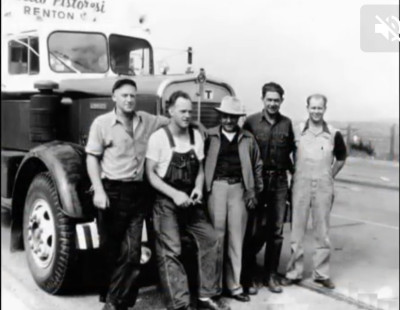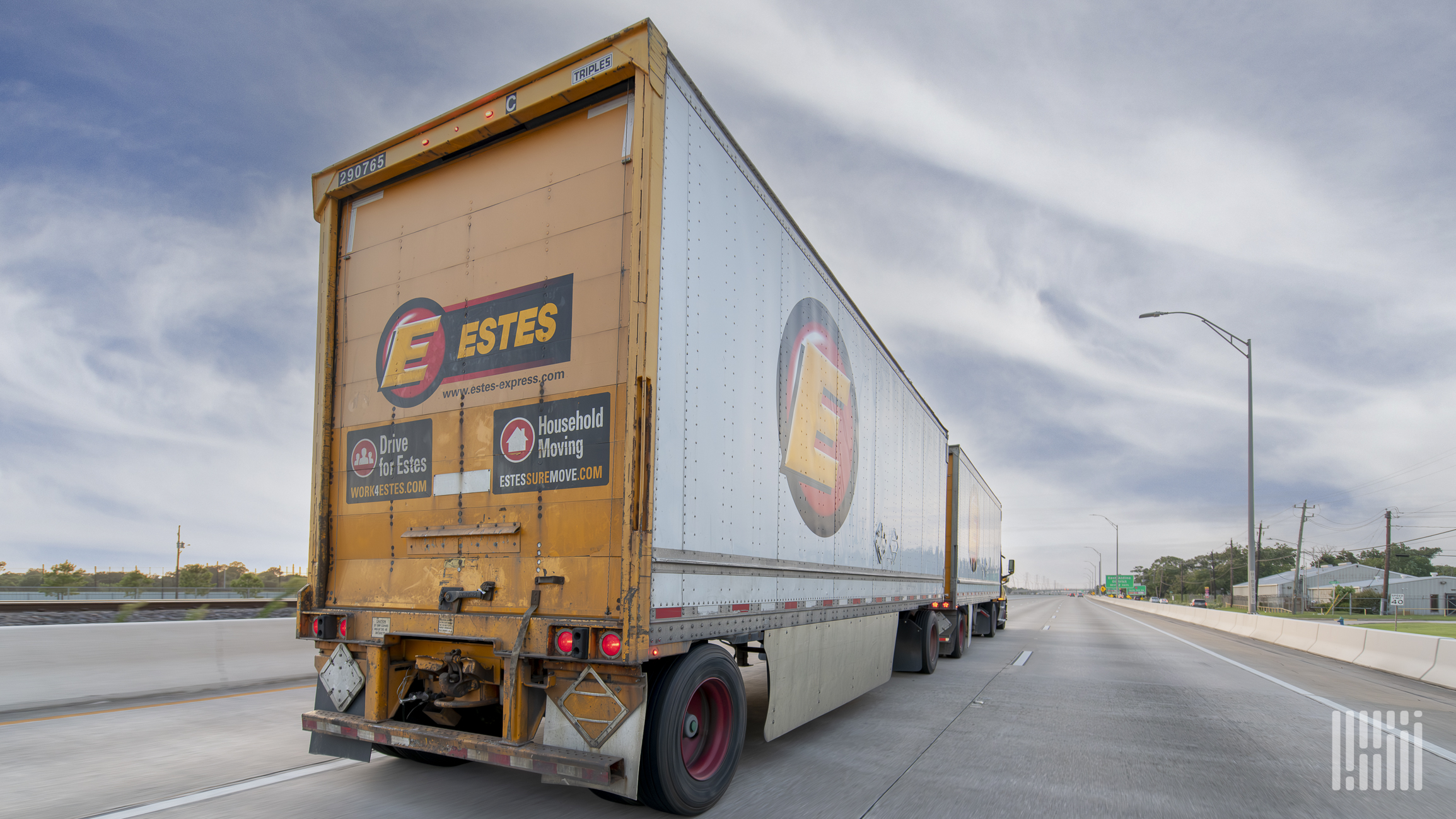Actually tag axles are better on snow. Your traction on snow or any slippery road depends on the friction between your tires and the road surface. That friction depends on the pressure of the tire on the road surface which in turn depends on the weight each tire carries. For the same freight load, 4 tires exert more pressure on the road than 8. Give me the heaviest load and I'll run in snow anytime. Now as far as getting started in a snowy parking lot after a break, a tandem in lockout might get you moving better because of a slippery spot when you parked. That's a different issue than moving down the road.Tag axels on snow good luck...
Last edited:





 Started driving TT in 1966, keeping my age a secret though, too many younger smart asses ready to pounce
Started driving TT in 1966, keeping my age a secret though, too many younger smart asses ready to pounce 

